Salinas Valley fiber optic project gets CPUC support, but final vote postponed
broadband, casf, ccbc, cpuc, public policy, regional consortia, salinas valley, sunesys
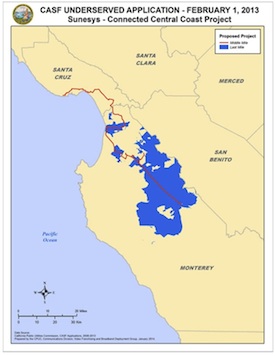
Click to see presentation.
“I think this is a great project and I want to see it happen”, said commissioner Michel Florio, as the California Public Utilities Commission discussed an $11 million proposal to build a fiber optic backbone down the Salinas Valley. “I drive through that areas regularly. I know the geography, it’s the 101 corridor. It is in many respects a low income area”.
But he wasn’t completely sold on the numbers, questioning the length of time it would take for the applicant, Sunesys LLC, to see a return on its investment in the project, if 83% of the construction cost was subsidised by the California Advanced Services Fund (CASF).… More
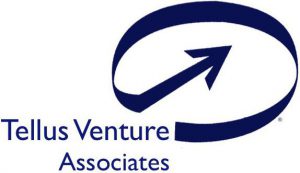
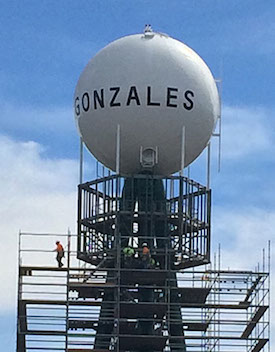


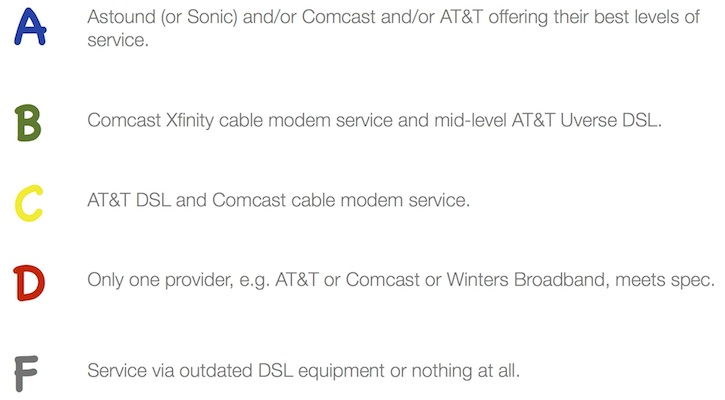
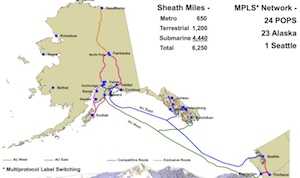
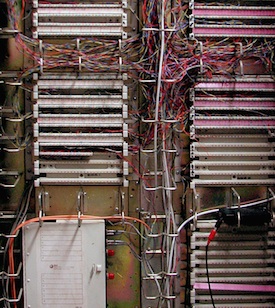
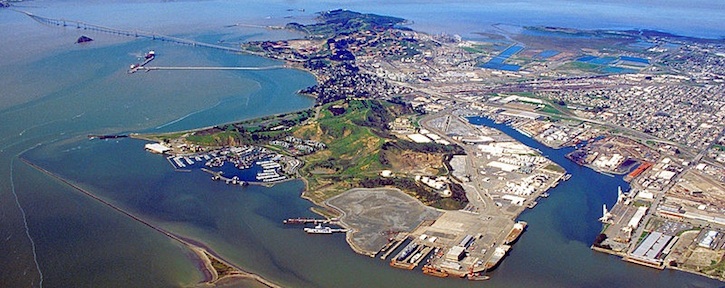

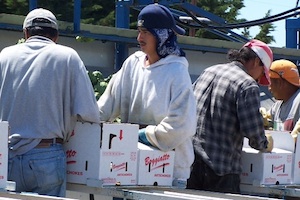 Once upon a time, Silicon Valley looked pretty much the same.
Once upon a time, Silicon Valley looked pretty much the same.